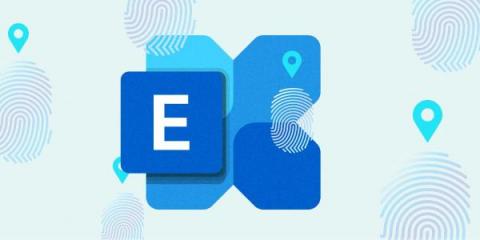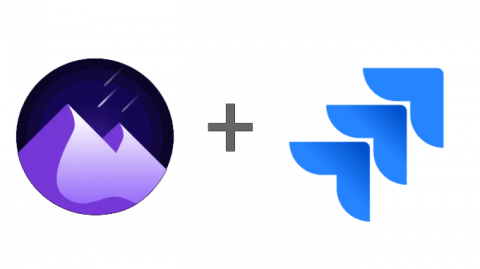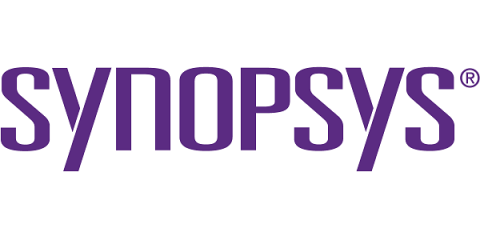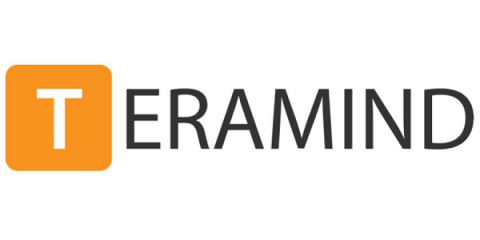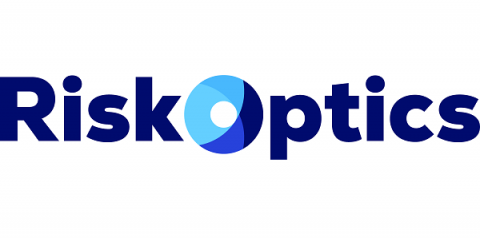Security | Threat Detection | Cyberattacks | DevSecOps | Compliance
Latest News
Cybersecurity for Oil and Gas: An Overview
The growing value of business data, the vulnerability of networked systems, and the importance of fuel infrastructure have made oil and gas companies major targets for malicious hackers. Already, the industry has been the victim of several high-profile attacks. The Colonial Pipeline hack compromised the business’s networks, shut down its operations, and deprived the East Coast of a pipeline that supplies nearly half the region’s fuel.
Discover PII Data in Microsoft Exchange Online With Egnyte
Your organization runs on information, and much of that information is sensitive. You need consistent governance policies to protect users and data, but just protecting files is not enough. You also need to be able to scan your documents quickly and easily to find personally identifiable information (PII). More than three-quarters of companies have files housed in email repositories, and these often contain customer PII, health records, and other sensitive information.
Introducing Nightfall for Jira, with Real-Time Data Loss Prevention
We’re excited to announce that Nightfall DLP for Jira now has real-time detection. Services like Jira, which are part of the Atlassian ecosystem, are among some of the most popular cloud tools leveraged by companies today. Like most SaaS applications, Jira is an always-on service where many collaborators share information. In some cases, this may result in the unintentional exposure of sensitive data.
Don't let Trojan Source sneak into your code
Protect your organization from the Trojan Source exploit with fast and trusted vulnerability detection from Rapid Scan Static. As everyone in the industry knows, all software vulnerabilities are not equal—some are trivial, some are irrelevant, and some are severe. Obviously, you should focus your attention on those that are characterized as severe. The recently published Trojan Source (CVE 2021-42574) vulnerability falls into the severe category—meaning you should give it full attention.
Debunking the Myths about Air Gaps
The air gap, a cybersecurity countermeasure that isolates digital assets to put them out of reach of malicious actors, is the subject of many industry myths. Are you confused by all the myths around air gaps? Does it seem odd that logical air gaps are not considered air gaps in spite of their ability to defend against attacks? If you answered “yes” to these questions, you're likely not alone.
3 Tips for Negotiating Permanent Flexible Work Status
It’s finally happening. More than a year after embarking on “the world’s largest work-from experiment,” many businesses are bringing people back to the office. For some, this is excellent news. They’ve been looking forward to highway commutes, in-person meetings, and always valuable watercooler talk. These people are in the minority.
4 Most Common Causes of Data Leaks in 2021
Internal vs. External Vulnerability Scan: What Are the Differences?
Understanding business and security risk
Even if an organization has developed a governance team, aligning integration decisions with business needs must be incorporated into the zero trust architecture. The company’s business model drives the applications chosen. The senior leadership team needs someone who can translate technology risks and apply them to business risks. For example, security might be an organization’s differentiator.




